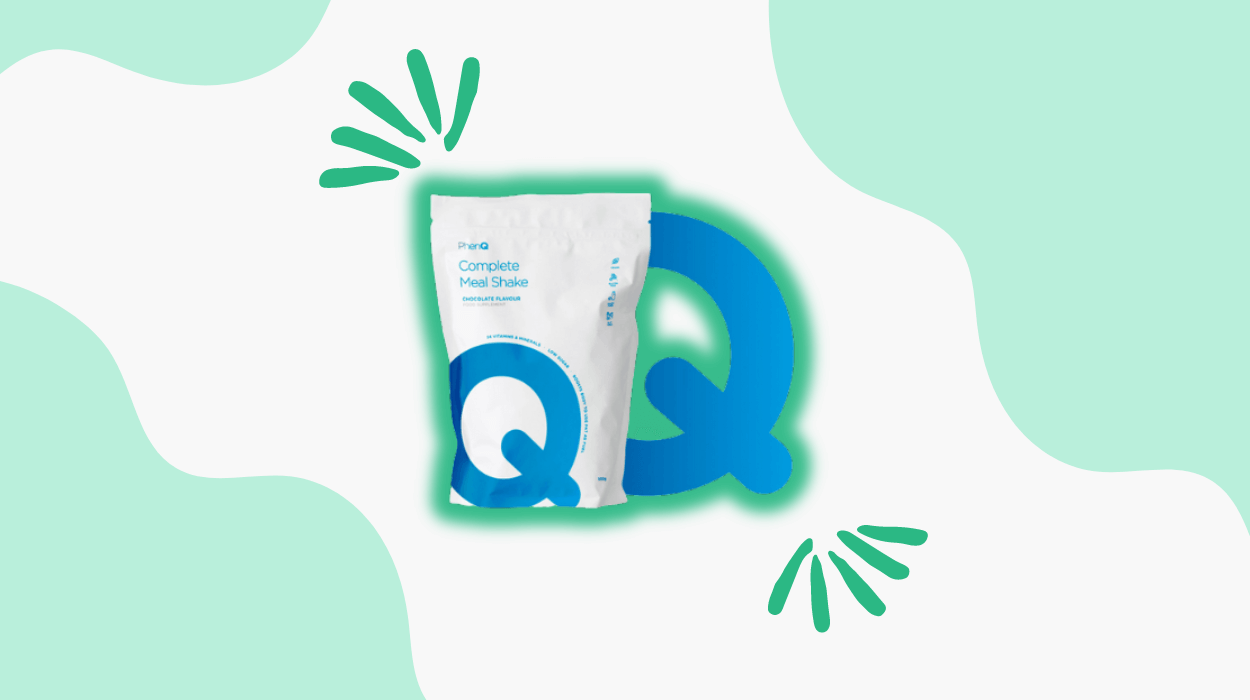

Losing fat without losing muscle can be confusing. You might unintentionally lose some muscle mass along the process of getting rid of extra fat from your body.
When you have worked so hard to develop those muscles, it can be challenging to lose some additional fat to make them look more defined.
However, you can prioritize fat loss, retain your muscles, and develop a leaner body composition with the right approach and information.
| Nutritional Strategies | Exercise Strategies | Rest and Recovery |
|---|---|---|
| Achieve a calorie deficit | Include varied exercises including strength and aerobic training | Rest days are crucial for muscle recovery |
| Prioritize protein intake | Focus on compound exercises like pullups, squats, and deadlifts | Avoid overtraining to prevent muscle breakdown |
| Emphasize a balanced diet | Lift weights for muscle growth and maintenance | Balance exercise with sufficient rest |

Crash diets are low-calorie intake, which may result in quick weight loss. However, a significant portion of this weight shed is muscle mass. This muscle loss compromises your physical strength and impacts your basal metabolic rate (BMR), reducing the calories your body requires to work at rest. Preserve muscle mass by prioritizing a nutrient-rich diet with macros like carbs, fats, and protein.
Adequate sleep could help regulate hormones like leptin and ghrelin, which control appetite and hunger signals.
Research indicates that improving sleep quality and duration can help in weight management and muscle preservation. You can support your fat-loss efforts while safeguarding muscle mass by ensuring proper rest. During sleep, your body undergoes repair and recovery processes, which are crucial for muscle growth and maintenance.
Consuming sufficient calories could help you achieve a leaner physique while preserving muscle strength and functionality. Gradually reduce calorie intake to avoid triggering the body’s starvation mode and protect muscle mass.
Focus on cutting out excess calories from unhealthy foods while ensuring a sufficient intake to support muscle growth and repair. Avoid excess fat intake like fattier cuts of meat, fried chips, or red meat to accelerate your fat loss process.
Extreme cuts could lead to muscle breakdown, hindering progress and overall health. Choosing the right balance in calorie reduction is essential for successful fat loss without compromising muscle mass.
Weightlifting might help preserve muscle during periods of weight loss and stimulate muscle growth, which is crucial for enhancing muscle mass.
| Weightlifting Strategies | Description | Benefits |
|---|---|---|
| Full-Body Workouts | Engage multiple muscle groups simultaneously | Efficient muscle stimulation and growth |
| Progressive Overload | Gradually increase weight to challenge muscles | Promotes muscle adaptation and growth |
| Compound Exercises | Include movements targeting multiple muscles | Efficient use of time and energy, muscle engagement |
Rest days may help your muscles to recover and repair. Overtraining could lead to excessive muscle breakdown, hindering muscle growth and potentially causing muscle loss instead of fat loss.
You can allow your muscles to recover, improving performance over time by including rest days in your workouts. Prioritizing rest could also help prevent muscle fatigue and enhance muscle growth.
Thus, balancing exercise with sufficient rest might help preserve muscle mass while focusing on fat loss goals.
Protein may help maintain muscle mass while losing fat. The research found that a higher protein intake of around 2.3 g per kg daily resulted in significantly less muscle loss than a lower protein intake of 1 g per kg daily.
The protein needs could vary based on personal factors like weight, sex, and activity level. However, few studies suggest that consuming around 1.6 g of protein/kg of body weight daily is recommended to support muscle maintenance during a calorie deficit.
Protein intake may help in preserving lean body mass and increase satiety, keeping you feeling full for more extended periods.
When preserving muscle mass during your weight loss journey, you can add a mix of exercises to keep your routine engaging and challenging.
Focus on movements like pullups, squats, and deadlifts to engage multiple muscle groups simultaneously. Regularly lift weights with progressive overload, which might promote muscle growth during weight loss. It may also help prevent muscle loss.
Cardiovascular and resistance training could help optimize cognitive function. It could also trigger the release of endorphins that alleviate depression and reduce stress levels, contributing to enhanced cognitive abilities.
The boost in brain function could lead to better focus, sharper decision-making skills, and improved overall mental clarity. Therefore, including regular physical activity in your routine is beneficial for your body and for optimizing cognitive function.
Maintaining muscle mass through proper nutrition and exercise can help enhance insulin sensitivity. When muscles are well-maintained, they are more effective in utilizing glucose from the bloodstream, reducing the burden on insulin production.
This process could help prevent insulin resistance, a condition when cells do not respond well to insulin, causing increased blood sugar levels and a raised possibility of type 2 diabetes.
Enhancing physical performance may improve athletic abilities and contribute to a healthier lifestyle.
Maintaining muscle mass while losing fat may help increase strength for improved physical performance, prevent injuries, and promote better posture and movement patterns.
Losing fat and maintaining muscle mass may also help increase skill and flexibility. It might result in better coordination, balance, and increased range of motion.
You could also boost your metabolism by preserving muscle mass. A high metabolic rate enables the body to burn more calories at rest, contributing to fat loss without losing muscle tissue. Lifting weight might help boost your metabolism and retain muscle mass.
Follow a regular strength training routine that could help preserve muscle mass. Adding complex carbs like brown rice, oats, and quinoa to your meal plan could also be helpful, providing you with enough energy to lift heavier weights in the gym.
Give your body enough time to rest and recover by balancing strength and cardio training. Taking rest provides time for muscles to repair and rejuvenate themselves.
Remember that genetics, activity levels, and environmental factors might influence how efficiently you lose fat while preserving your muscle mass.
Follow a diet plan combining enough protein, fruits, vegetables, and calories to boost your weight loss efforts while preserving muscle mass.
Tyler Read earned an undergraduate academic degree from Sonoma State University, California and is a certified personal trainer (CPT) with NASM (National Academy of Sports Medicine). With over 16 years of experience, Tyler has trained clients both online and in-person.
He is passionate about helping others turn their love for fitness into a career. Tyler has worked with many local and commercial gyms before establishing his successful private personal training business, which he continues to operate.
